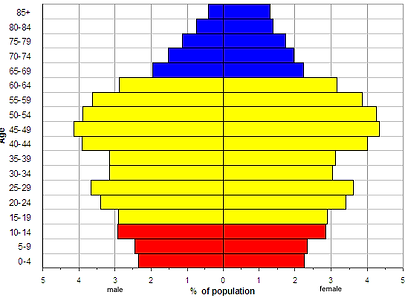
Population Characteristics
History.
Founded in 1608 by Samuel de Champlain ("The Father of New France"), Quebec City is one of the oldest European settlements in North America. In 1665, there were 550 people living in the city, and by the end of 1763, after the French Rule, the now 8000 inhabitants were surrounded by forests, villages, fields, and pastures.
By selecting this location, the settlers had easy access to the St. Lawrence River, which, at the time, was the main route for the fur trade between St. Lawrence Valley and Europe. It was also a prime location for settlement due to the fact that it overlooked Cap Diamant. This way, the people could be visually aware of their surroundings, and have a definite advantage by being able to see who was coming and going.
Culture
Quebec City remains a major centre of French culture. Although the majority of Quebecers speak French, English is also spoken or understood throughmost most of the province, specifically in large urban centres.
Architecture: The stunning architecture of buildings such as the Musée de l'Amérique française and the Séminaire de Quebec reflects the historical character of Quebec City.

Quebec City in the Olden Days

Musée de l'Amérique française interior
Gourmet Food: Quebec City is known for its wide array of quality fine dining, based specifically on traditional French Cuisine. Quebec is highly famous for its craft beers and wines, ice ciders, Charlevoix lamb, farm-bred game (deer, bison, wild boar, ostrich, etc.), Gulf of St. Lawrence shellfish, cheeses, fruits, maple products, and numerous other types of cuisine.

Gourmet Cheese

Maple Toffee
Data
Population in 2011: 516,662
Population in 2006: 491,142
2006-2011 population change: 5.2%
Total private dwellings: 255,785
Private dwellings occupied by usual residents: 245,365
Population density per square kilometer: 1137.7
Land area (square kilometers): 454.10

Charlevoix

Gourmet Wine
